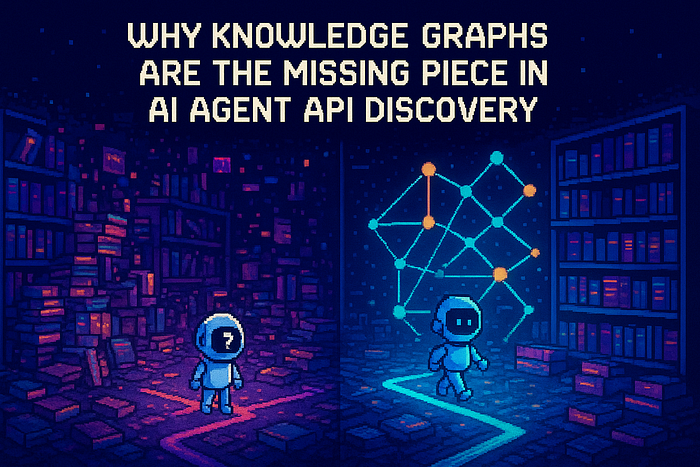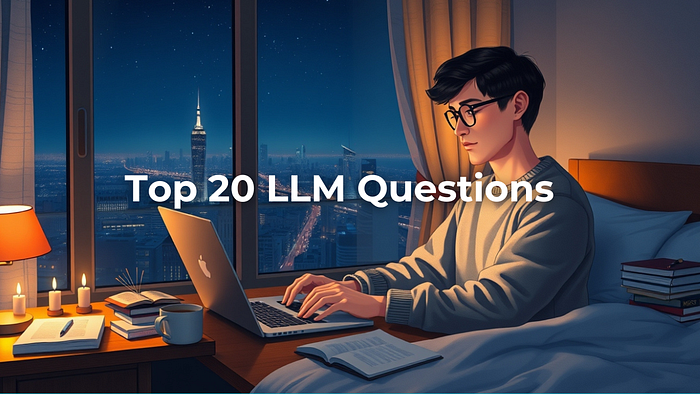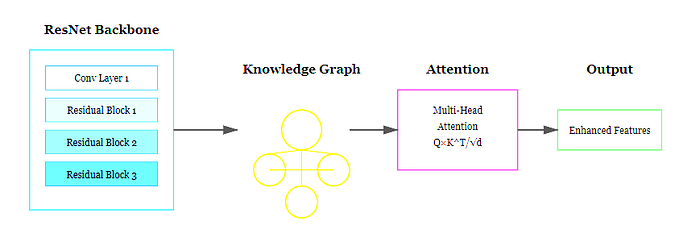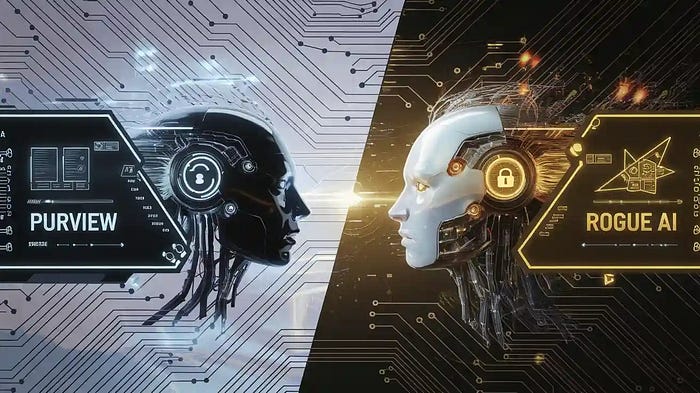
Oops!… AI did it again: The Rise of Autonomous Social Media Agents (Part 1)
Author(s): Reelfy
Originally published on Towards AI.
How AI-powered agents are reshaping content creation, engagement, and automation — giving small businesses the power to compete like never before.

The Small Business Dilemma: The High Cost of Staying Relevant
Picture this: A small business owner is juggling product development, customer service, sales, and operations – and on top of that, they’re expected to maintain an engaging social media presence.
Meanwhile, large brands have entire marketing teams crafting daily content, analyzing trends, and ensuring their audience stays engaged. The result? Small brands get drowned out in an algorithm-driven world that rewards consistency, creativity, and engagement.
The harsh reality, the stats paint a clear picture:
📊 The average internet user spends 143 minutes per day on social media, yet organic reach is declining. Businesses must now take a multi-channel approach to stay relevant, but small brands lack the resources to produce constant, engaging content. (Sprout Social, 2024)
📊 44% of consumers prefer to learn about a new product or service via short-form video content, but without AI-powered automation, small brands struggle to produce enough engaging video content to stay relevant. (Sprout Social, 2024 & HubSpot, 2025)
📊 87% of marketers report increased sales from video marketing, yet many small businesses lack the time, skills, or budget to create professional videos. (Sprout Social, 2024 & HubSpot, 2025)
Despite the obvious benefits of an active social presence, the cost of hiring a social media manager or agency is often too high for small businesses. They’re left with two options:
1. Do it themselves, burning time and energy that could be spent growing their business.
2. Stay inactive, missing out on new customers and brand awareness.
But what if we could automate social media strategy, content creation, and posting – without sacrificing quality?
AI Agents: Making Social Media Automation a Reality
For years, AI lacked the reasoning capabilities to replace human strategists in creative fields like marketing. But thanks to recent advancements, AI agents can now analyze, plan, execute, and adapt – just like a human social media manager.
Why Now? The Three Key AI Breakthroughs
🔹 Cost Reduction: Open-source AI models like DeepSeek, Mistral, and LLaMA provide high-quality reasoning at a fraction of the cost of proprietary AI.
🔹 Advanced Multi-Step Reasoning: AI agents can now think step-by-step, just like a human strategist, making them capable of adapting content to trends and audience behavior.
🔹 Creative AI Pipelines: AI-powered tools like Reelfy enable end-to-end video creation, turning text prompts into engaging social media videos – something only human designers could do before.
The result? AI is no longer just an assistant — it can be the entire social media team, handling everything from strategy to content creation, scheduling, and even performance analysis. By observing how posted videos perform, AI agents can refine their approach, adapting future content based on real-time insights.
Understanding AI Agents: The Thought-Action-Observation Cycle
At the core of our AI-driven social media agent is a concept called the Thought-Action-Observation (TAO) Cycle. This is how modern AI agents can reason, interact with the world, and learn from their actions – just like a human strategist.

🧠 Step 1: Thought – Internal Reasoning & Strategy (ReAct Approach)
Before an AI agent can act, it needs to think. Using a ReAct (Reasoning + Acting) approach, our AI agent will:
✅ Analyze the brand’s messaging, past posts, and audience behavior using LlamaIndex.
✅ Research industry trends and competitor strategies using LangChain.
✅ Develop a content plan based on engagement patterns and social media trends.
In this phase, the AI is essentially a strategist, planning what to post, when to post, and how to engage users. Example of AI Thought Process:
“This brand focuses on eco-friendly fashion. Based on recent social media trends, sustainable clothing recycling challenges are a hot topic. I should create content that highlights how this brand supports sustainable fashion.”
🎬 Step 2: Action – Engaging with the World
Once the AI has a plan, it executes actions. Using SmolAgents, our agent will:
✅ Generate AI-powered video content with Reelfy’s story-to-video pipeline.
✅ Schedule and post content on Instagram, ensuring consistency.
✅ Monitor engagement, tracking likes, comments, and shares.
At this stage, the AI isn’t just a thinker – it’s also a content creator and social media manager. Example of AI Action:
“I will generate a 15-second Instagram Reel showcasing sustainable fashion tips, using a story-to-video pipeline. Then, I will post it at 6 PM when engagement is highest.”
👀 Step 3: Observation – Learning & Adapting
After posting, the AI doesn’t just move on – it analyzes performance and adjusts future content strategies.
Using real-time analytics, the agent:
✅ Tracks which content performs best.
✅ Analyzes engagement metrics to determine optimal posting times.
✅ Adjusts the content style and messaging for better performance.
Over time, this means the AI improves its social media strategy, just like a human marketing expert would. Example of AI Observation & Adaptation:
“This video received 3x more engagement than last week’s. Users commented that they liked the storytelling format. I should create more narrative-driven content for the next post.”
Conclusion: The Foundation for AI-Driven Social Media
In this first part, we laid the groundwork for how AI can fully automate social media marketing for small businesses. What we covered:
✅ The problem small brands face in maintaining a consistent online presence.
✅ Why AI agents are now capable of replacing human strategists at a fraction of the cost.
✅ The Thought-Action-Observation (TAO) cycle, which allows AI to reason, act, and learn.
What’s Coming in Part 2?
In the next part, we’ll take these concepts and build a working AI social media agent step-by-step. You’ll see:
🔥 How the agent extracts brand identity and audience insights.
🎥 How AI-powered storytelling generates engaging videos.
🤖 How SmolAgents automate posting and engagement tracking.
📊 How AI refines future content based on performance metrics.
With open-source AI, small businesses no longer need a full marketing team – they just need the right AI agent.
🚀 Stay tuned for Part 2, where we bring this AI-powered social media manager to life!
Written by Garry Newball
References
[1] LangChain Conceptual Guide. Retrieved From: https://python.langchain.com/docs/concepts/
[2] ReAct: Synergizing Reasoning and Acting in Language Models. Retrieved From: https://arxiv.org/abs/2210.03629
[3] Llama Index Documentation. Retrieved From: https://docs.llamaindex.ai/en/stable/
[4] DeepSeek Reasoning Model. Retrieved From: https://huggingface.co/deepseek-ai/DeepSeek-R1
[5] Conceptual Guide to SmolAgents. Retrieved From: https://huggingface.co/docs/smolagents/conceptual_guides/intro_agents
[6] Understanding the Importance of Social Media Marketing. Retrieved from: https://sproutsocial.com/insights/importance-of-social-media-marketing-in-business
[7] 52 Visual Content Marketing Statistics You Should Know. Retrieved from: https://blog.hubspot.com/marketing/visual-content-marketing-strategy
[8] 50+ Must-Know Social Media Marketing Statistics for 2024. Retrieved from: https://sproutsocial.com/insights/social-media-statistics
Join thousands of data leaders on the AI newsletter. Join over 80,000 subscribers and keep up to date with the latest developments in AI. From research to projects and ideas. If you are building an AI startup, an AI-related product, or a service, we invite you to consider becoming a sponsor.
Published via Towards AI
Take our 90+ lesson From Beginner to Advanced LLM Developer Certification: From choosing a project to deploying a working product this is the most comprehensive and practical LLM course out there!
Towards AI has published Building LLMs for Production—our 470+ page guide to mastering LLMs with practical projects and expert insights!

Discover Your Dream AI Career at Towards AI Jobs
Towards AI has built a jobs board tailored specifically to Machine Learning and Data Science Jobs and Skills. Our software searches for live AI jobs each hour, labels and categorises them and makes them easily searchable. Explore over 40,000 live jobs today with Towards AI Jobs!
Note: Content contains the views of the contributing authors and not Towards AI.














